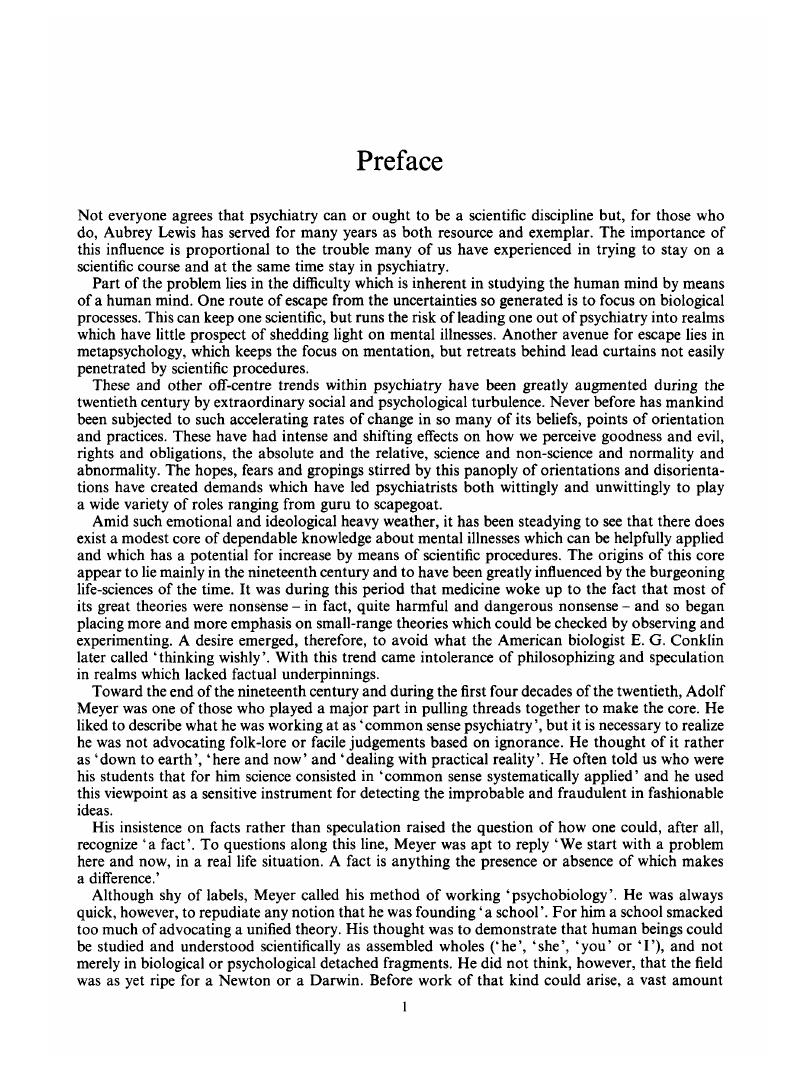Crossref Citations
This article has been cited by the following publications. This list is generated based on data provided by Crossref.
Mayou, Richard
1989.
The History of General Hospital Psychiatry.
British Journal of Psychiatry,
Vol. 155,
Issue. 6,
p.
764.
Copolov, David L.
McGony, Patrick D.
Keks, Nicholas
Minas, Iraklis H.
Heman, Helen E.
and
Singh, Bruce S.
1989.
Origins and Establishment of the Schizophrenia Research Programme at Royal Park Psychiatric Hospital.
Australian & New Zealand Journal of Psychiatry,
Vol. 23,
Issue. 4,
p.
443.
Double, D. B.
1990.
What would Adolf Meyer have thought of the neo-Kraepelinian approach?.
Psychiatric Bulletin,
Vol. 14,
Issue. 8,
p.
472.
Harper, David J.
1994.
Histories of suspicion in a time of conspiracy: a reflection on Aubrey Lewis's history of paranoia.
History of the Human Sciences,
Vol. 7,
Issue. 3,
p.
89.
2003.
Classic Texts.
History of Psychiatry,
Vol. 14,
Issue. 4,
p.
475.
Rutter, Michael
2005.
Autism Research: Lessons from the Past and Prospects for the Future.
Journal of Autism and Developmental Disorders,
Vol. 35,
Issue. 2,
p.
241.





